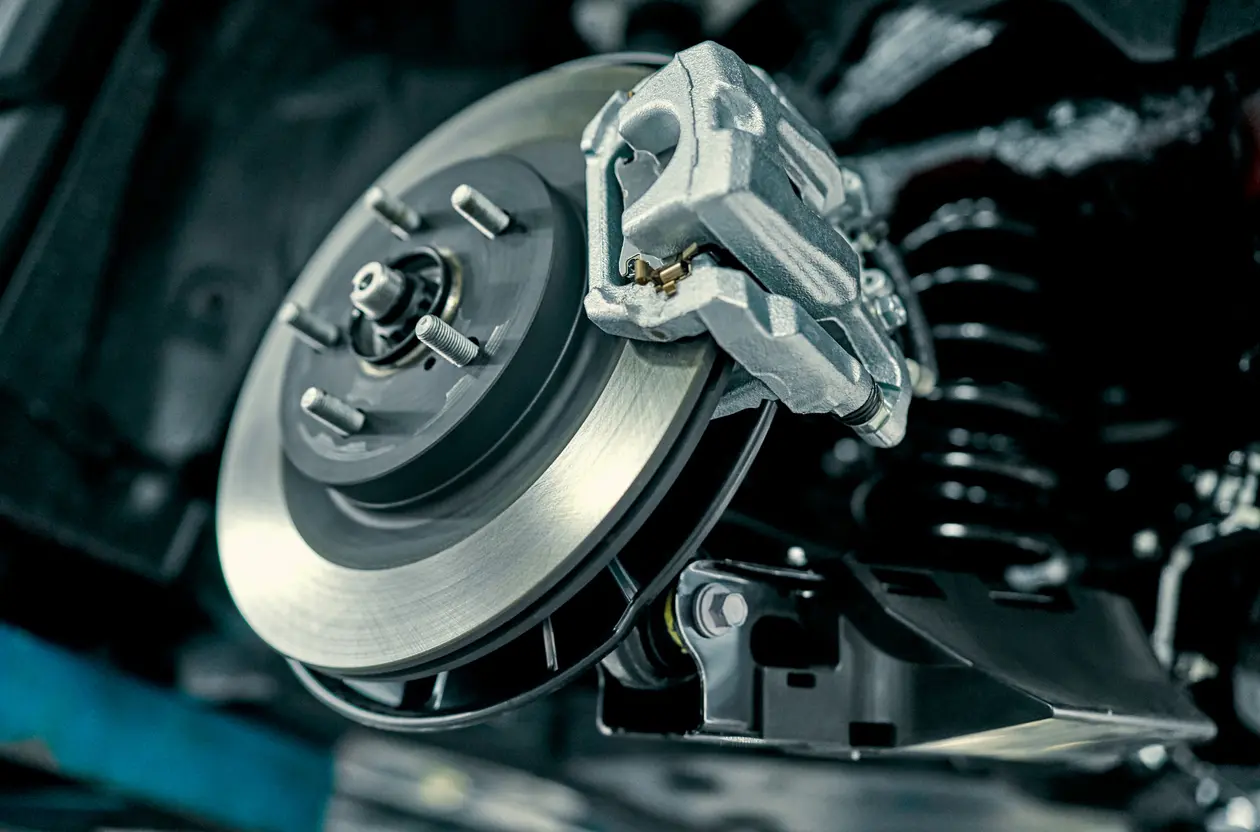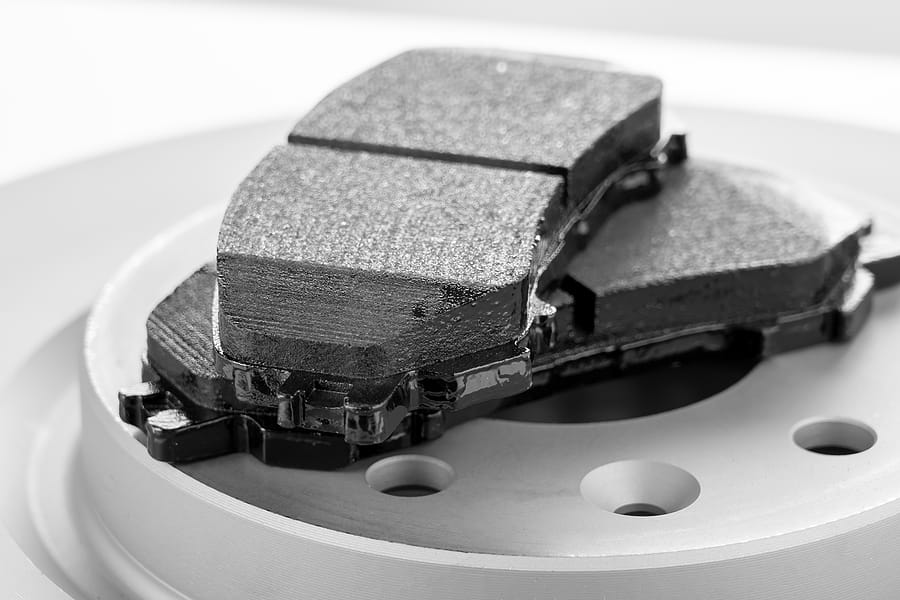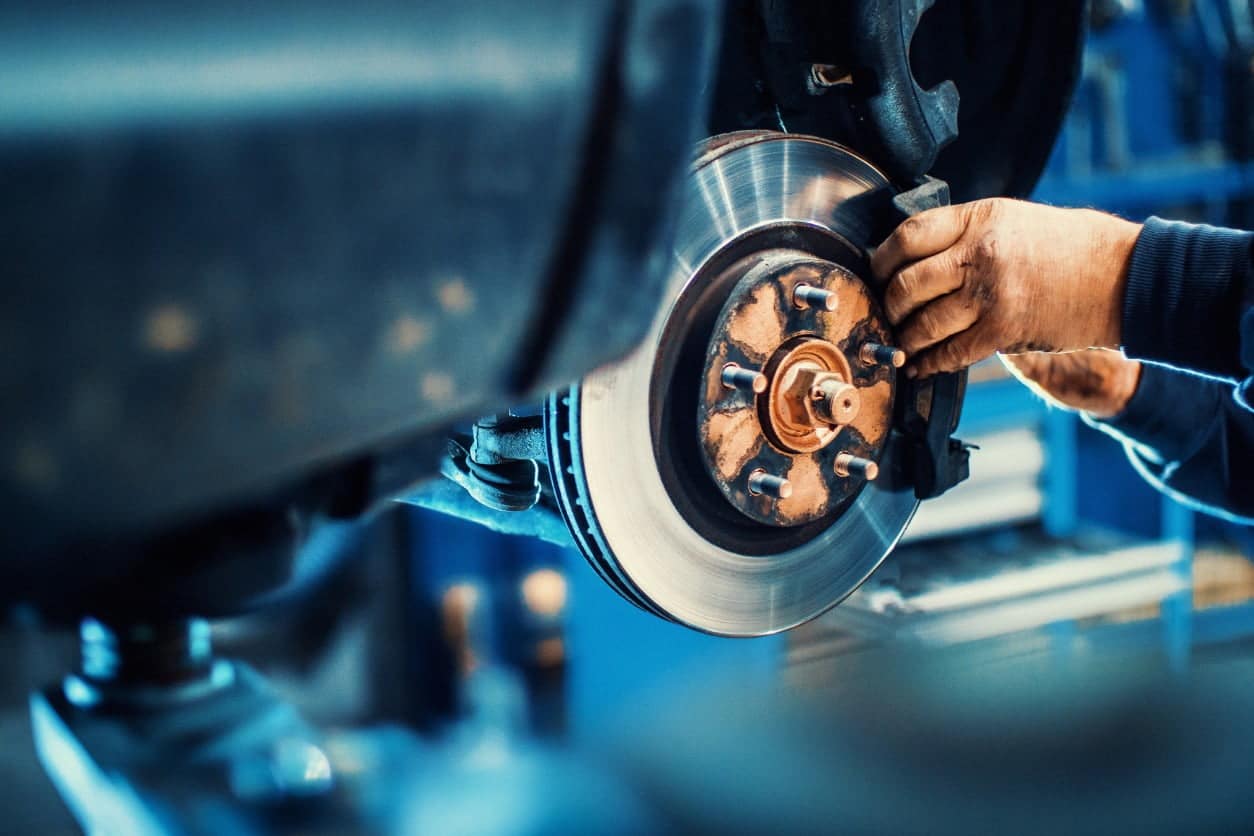Recent research conducted by scientists at the University of Southampton has uncovered a concerning finding: certain types of modern brake pads may be emitting more harmful particulate matter than diesel engines. This discovery raises important questions about air quality and public health, particularly as the automotive industry continues to evolve.
Key Findings
The study, which focused on the impact of brake wear particles, revealed several crucial points:

- Fine particulate matter (PM2.5) from brake wear can reach the alveolar regions of the lungs
- PM2.5 has been linked to approximately four million premature deaths annually
- Copper-enriched non-asbestos organic and ceramic brake pads produced the most harmful wear particles
- Brake pad emissions were found to cause greater oxidative stress, inflammation, and cellular disruption compared to diesel exhaust PM
Dr. Liza Selley, a co-author of the study, emphasized the significance of these findings: "Our research shows that some brake pads release fine particulate matter that can be more harmful to our health than diesel exhaust emissions."
Implications for Public Health
The study highlights that brake wear is an unregulated source of PM2.5 exposure. The researchers found that particles from certain brake pads could activate pathways implicated in diseases associated with air pollution exposure, including cancer and pulmonary fibrosis.

This discovery is particularly concerning given the widespread use of vehicles and the frequency of braking in urban environments. As Dr. Selley noted, "This could have significant implications for urban air quality and public health."
Regulatory Concerns
Currently, non-exhaust emissions are largely unregulated by legislation. This lack of regulation has led to a gap in established technologies to mitigate their release. The researchers emphasize an urgent need to better understand the source-specific biological effects of non-exhaust emissions, particularly brake wear.

Dr. Matt Loxham, another co-author of the study, stressed the importance of addressing this issue: "Our findings underscore the need for regulators to consider non-exhaust emissions, particularly from brakes, when setting air quality standards."
Future Challenges
As electric vehicles (EVs) become more prevalent, the study warns that PM emissions from brakes, tires, and road surfaces are likely to increase due to the increased weight of battery-powered vehicles. This trend is expected to continue as the automotive industry shifts towards heavier EVs.

While EVs typically rely on regenerative braking, which may help reduce brake wear, the overall impact of increased vehicle weight on non-exhaust emissions remains a concern. As the automotive landscape evolves, addressing these emerging environmental and health challenges will be crucial for improving air quality and public health.
The researchers conclude that further studies are needed to fully understand the long-term health impacts of brake wear particles and to develop effective strategies for mitigating their release into the environment.














